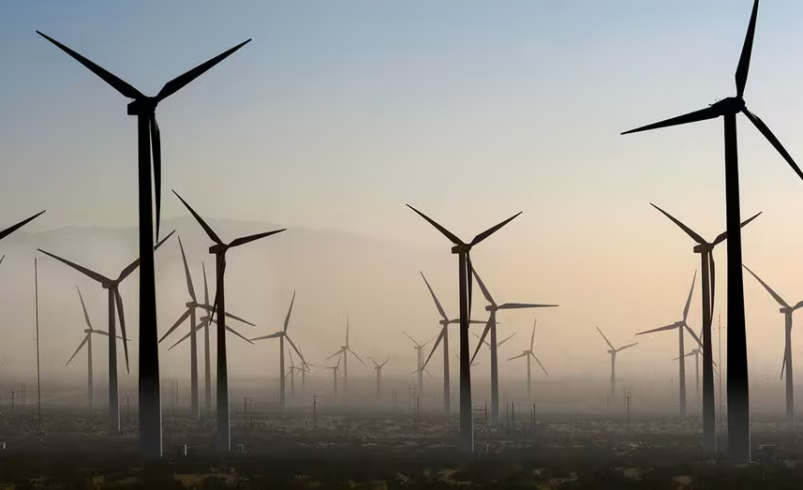Interior Department Targets Wind and Solar Projects Over Environmental Concerns
- August 6, 2025
- 0

The U.S. Interior Department, under Secretary Doug Burgum, has issued a new directive aimed at curbing large-scale wind and solar energy projects. This move is in response to concerns about the environmental impact and reliability of these renewable energy sources. The directive, which aligns with President Donald Trump’s energy policies, seeks to evaluate energy projects using a “capacity density” formula. This formula assesses the space an energy installation occupies relative to its output and reliability, ensuring that projects provide more benefits than environmental impacts.
The capacity density formula is a key component of this new approach. It allows the department to objectively analyze how much energy is produced per acre by different types of installations. For instance, the U.S. Energy Information Administration has found that advanced nuclear plants produce significantly more energy per acre compared to offshore wind farms. This data supports the department’s focus on optimizing land use and minimizing environmental harm while maximizing energy development.
Secretary Burgum has highlighted the national security risks associated with insufficient domestic energy production. He criticized the recent proliferation of wind and solar projects, which he claims have displaced more reliable energy sources and destabilized the electric grid. By prioritizing energy generation optimization, the department aims to strengthen national security and achieve U.S. energy dominance.
The directive also addresses concerns about the impact of wind power installations on wildlife. President Trump has previously criticized wind farms for their detrimental effects on bird populations, likening them to “bird cemeteries.” This comparison underscores the administration’s stance on balancing renewable energy development with environmental conservation.
This new order represents a significant shift in U.S. energy policy, emphasizing traditional energy sources over newer renewable technologies. By focusing on capacity density and environmental impact, the Interior Department aims to inform the public and optimize federal land use for energy development.